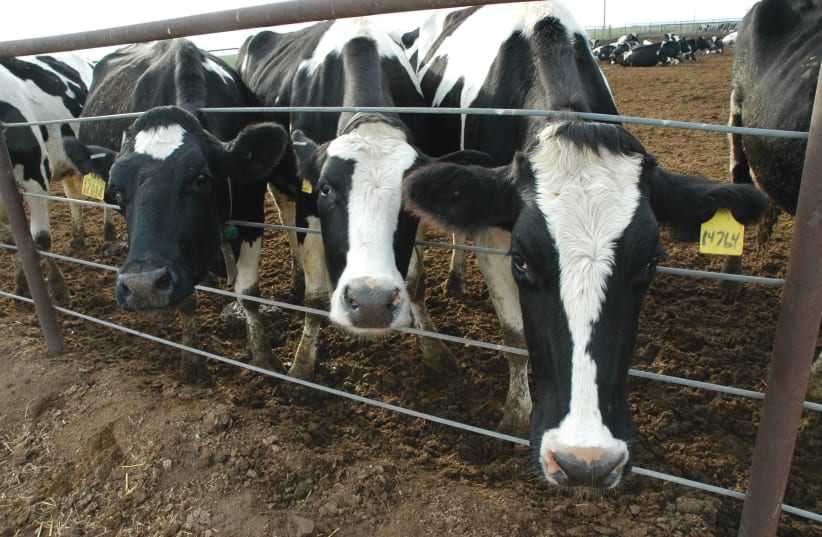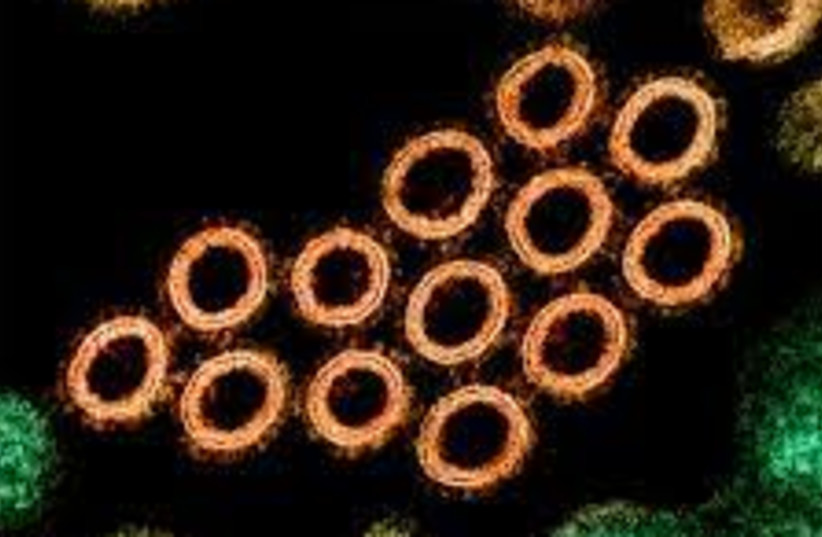Investing in animal health can help prevent future pandemics and save human lives, according to a report released in February by Action for Animal Health (A4AH).
A4AH is an organization dedicated to raising awareness of and comparing zoonoses, or diseases that are transmissible from animals to humans. In its report, the organization advances five pillars of action to safeguard the health and well-being of animals.
The A4AH report also details the status of the five pillars of action in low-and middle-income countries (LMICs), featuring case-study countries Ethiopia and Pakistan and argues the need to be more attentive to the health of the animals we rely upon.
What is One Health?
The report advocates for its methods under the framework called “One Health.” One Health is a healthcare approach that seeks to recognize the interconnectedness of human, animal and environmental health. The framework maintains that these dimensions of health are inextricably dependent on one another, so when one falters or is bolstered, it has a cascading effect on the others.
The report asserts that the COVID-19 pandemic highlighted the threat posed by zoonoses. Although recent information highlights the likelihood that the pandemic was a result of a laboratory leak in Wuhan, China, zoonoses remain an undeniable threat.
One 2017 study published in the journal Emerging Infectious asserted that it “is estimated that zoonoses are [annually] responsible for 2.5 billion cases of human illness and 2.7 million human deaths worldwide.”
Furthermore, zoonotic illnesses can lead to global pandemics. A 2020 article by The Guardian, for instance, reported that the H1N1 virus pandemic (swine flu) alone has killed between 151,700 and 575,000 people around the world.
So, to secure human and animal health against zoonotic threats, the report outlines five pillars of action.
Pillar 1: Support community engagement and equitable access to animal health services
The first pillar highlights the need to bolster the engagement of remote and underserved communities. This entails including said communities in health programs, as well as providing the necessary resources and information to ensure that they are technically and financially capable of participating in the One Health approach.
Pillar 2: Increase the numbers and improve the skills of the animal health workforce
Necessary veterinary solutions cannot be implemented without sufficient human capital. Therefore, the second pillar advocates for expanding the veterinary workforce. Problems related to insufficient numbers of veterinary professionals are compounded in LMICs due to their tendency to have particularly high human and animal populations compared to their pool of available veterinarians.
For instance, the report compares Pakistan and the UK. Pakistan has a modestly higher number of animals and a significantly larger population yet half the number of registered veterinarians. Furthermore, animal health professionals may not have the same educational and knowledge background as professionals in more developed countries.
Pillar 3: Close the veterinary medicines and vaccines gap
Ensuring that animals receive the medicines and vaccinations they require demonstrably protects human populations from zoonotic diseases. Furthermore, without the proper healthcare, according to A4AH, roughly one in five farm animals is lost to disease each year. This represents a significant waste of animal life and economic resources.
This pillar also addresses providing animal owners with knowledge about vaccinations for their animals as well as providing them with vaccines at a cost that makes it financially viable.
Pillar 4: Improve animal disease surveillance
The earlier action can be taken against zoonotic threats the more effective, less time-consuming and less expensive those actions are. Furthermore, and most vitally, early action saves human and animal lives. So, the fourth pillar focuses on advancing the surveillance of animal diseases. Such an effort requires bolstering communication between stakeholders at all levels.
Pillar 5: Enhance collaboration for One Health
The fifth pillar addresses enhancing the integration of the One Health approach to the policies of international governments, agencies, health systems, and NGOs.
“Pandemic-related allocations to public health interventions are not always shared with animal and environmental health institutions,” the A4AH report notes. “In some cases, this was the result of an organizational barrier, as animal health services often fall under agricultural ministries which were overlooked.”
As a result, further advocacy and collaboration on an international level are required to raise awareness of the importance of combating zoonotic diseases.

